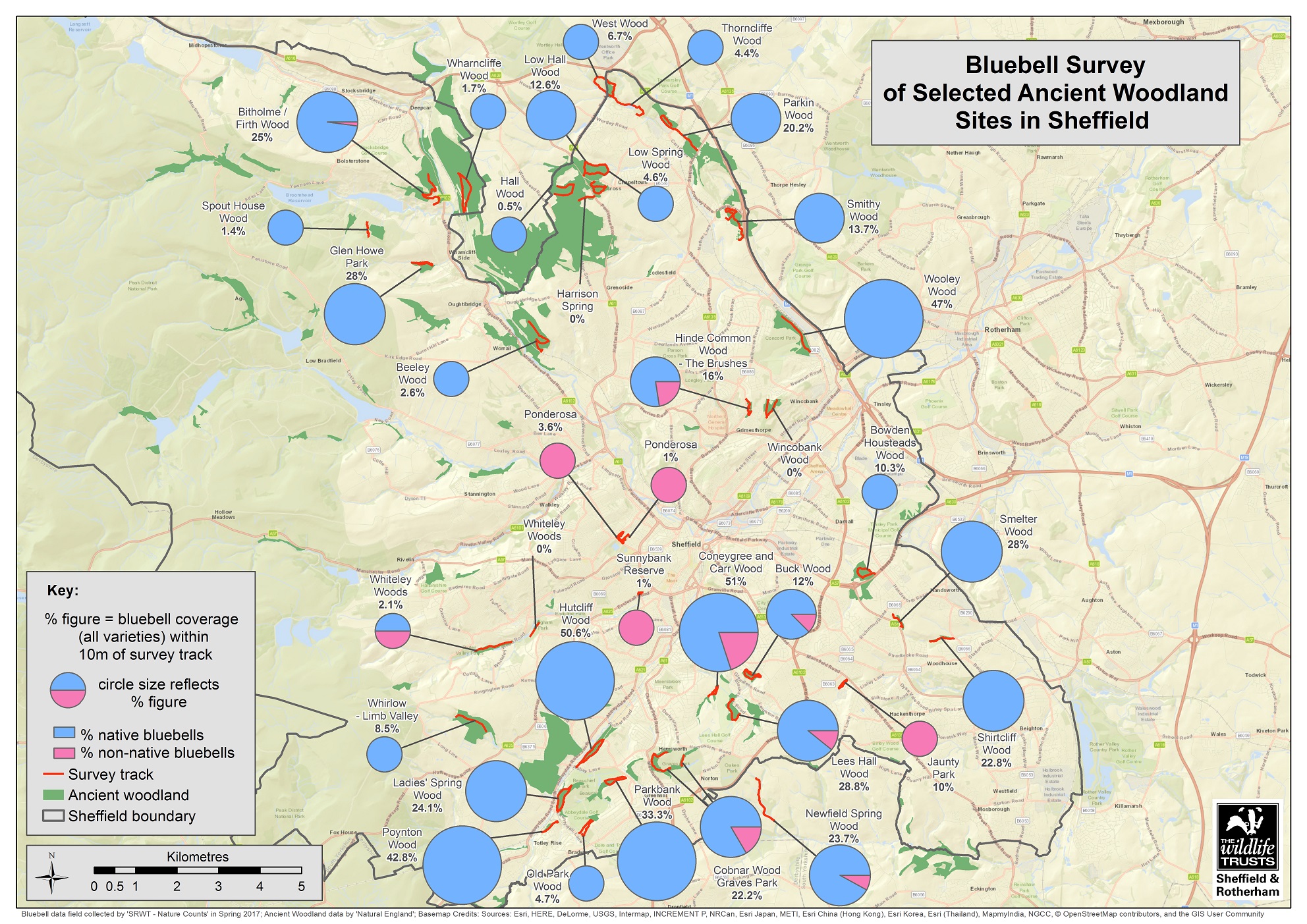Whilst our project has now ended, we’re still interested in mapping the spread of Spanish bluebells and their hybrids. This will allow us to direct our conservation efforts to protect important native bluebell populations.
Add your bluebell sighting to our sightings page using the instructions below and click here to learn how to tell the difference.
Map your bluebell
To map your bluebell, simply follow the steps below:
1. Visit your local woodland
The best time to do this is in April-May when bluebells will be in flower. If you see bluebells, that’s brilliant! The next step is to find out what they are and to tell us about it. For a great list of local ancient woodlands where you’re likely to see bluebells, click here.
2. Study our bluebell ID guide
Download our handy bluebell identification guide, follow the links above or click here to read how to tell the difference between native and Spanish bluebells and to identify their hybrids.
3. Take a close-up photograph of newly-opened flowers
Focus on individual flower spikes that have just opened. Older flower spikes may lack important identification details. We need to see how the flowers are arranged around the stem, the pollen colour, and how curled the individual petals are. If you see different kinds of bluebells in the same place, please record these as different sightings and tell us about all of them. This is particularly important as it helps us identify areas where native bluebells are particularly at risk.
4. Send us your bluebell photograph and sighting details
Go to wildsheffield.com/sightings and add your photograph and some simple details about what you have seen and where. Again, if you see different kinds of bluebells within the same area, please tell us, and if you can, submit multiple sightings and photographs.
